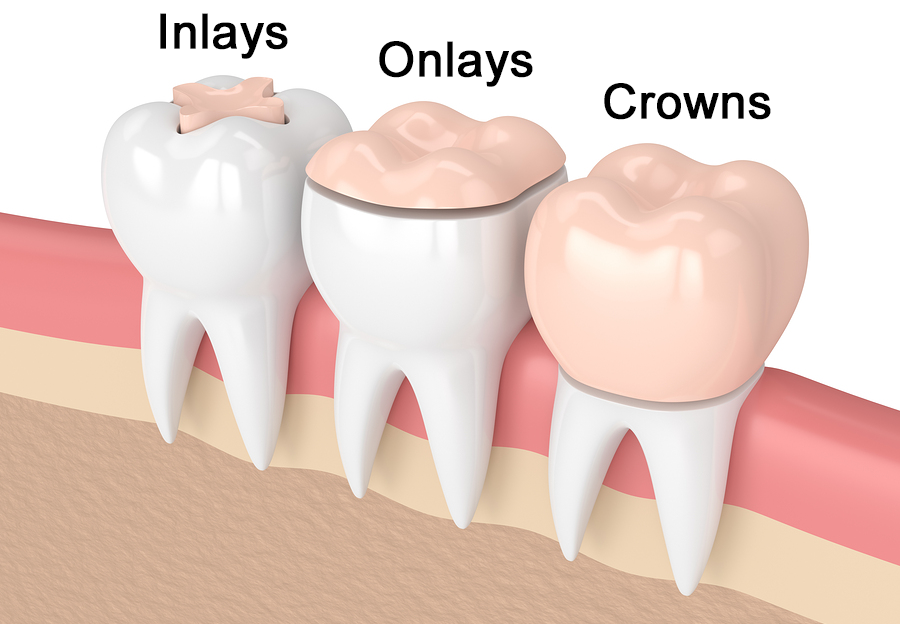Breaking Down The Process Of Dental Inlays And Onlays
Dental health can sometimes feel confusing. When teeth suffer damage, there are several options for repair. Dental inlays and onlays are two choices that often come up. They help restore teeth that are too damaged for fillings but not quite ready for crowns. Even in areas known for cosmetic procedures, such as west hollywood invisalign, inlays and onlays offer unique benefits for specific dental needs. Let’s explore how these procedures work and why they might be the right choice for some.
What Are Dental Inlays and Onlays?
Dental inlays and onlays are used to repair decayed or damaged teeth. They are indirect restorations, which means they are made outside the mouth and then bonded to the tooth. Inlays fit within the grooves of the tooth, while onlays cover one or more cusps. Both types are custom-made to match the tooth’s natural color.
The Procedure
The process for dental inlays and onlays usually involves two visits to the dentist. During the first visit, the dentist removes the decayed part of the tooth. They then take an impression of the tooth, which serves as a model for creating the inlay or onlay. The dentist may place a temporary filling to protect the tooth until the restoration is ready.
On the second visit, the dentist removes the temporary filling and checks the fit of the inlay or onlay. If everything looks good, the dentist bonds it to the tooth using a strong adhesive. This process ensures a secure and lasting fit.
Inlays vs. Onlays: A Quick Comparison
| Feature | Inlays | Onlays |
|---|---|---|
| Coverage | Within the cusps | One or more cusps |
| Use | Less extensive damage | More extensive damage |
| Durability | Very durable | Very durable |
Benefits of Inlays and Onlays
These restorations offer several benefits:
- Strong and Durable: Made from composite resin, porcelain, or gold, inlays, and onlays are built to last and withstand chewing forces.
- Preserve Tooth Structure: They require less removal of the tooth structure than crowns, helping maintain more of the natural tooth.
- Natural Appearance: When made from porcelain or resin, they blend seamlessly with the natural tooth color.

When to Consider Inlays and Onlays
Choosing between inlays and onlays depends on the extent of the tooth damage. Inlays work well for smaller areas of decay or fractures. Onlays are ideal for larger areas that need more support. A dentist will recommend the best option based on the individual situation.
Considerations and Follow-Up Care
After getting an inlay or onlay, keeping up with dental hygiene is crucial. Brushing twice a day, flossing, and regular dental check-ups help maintain oral health. Avoid biting into hard foods, which can damage the restoration.
For more on dental health and procedures, visit the American Dental Association or check out resources from the National Institute of Dental and Craniofacial Research. These sources offer reliable information to help you make informed decisions about dental care.
Conclusion
Dental inlays and onlays provide a solid solution for teeth that need more than a filling but less than a crown. They help preserve tooth structure while offering strength and a natural look. Understanding when and how to use them can make dental repairs less daunting. Always consult with a qualified dentist to determine the best treatment for your dental needs.








